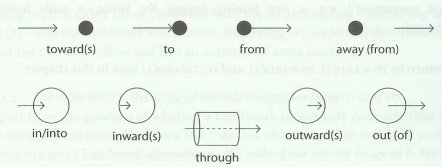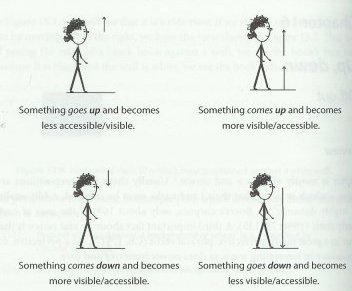|
|
Publisher: |
John Benjamins Publishing Company |
|
Year |
2010 |
|
ISBN: |
978 90 272 1174 3 |
|
Edition: |
2nd |
|
No. of Pages: |
273 |
|
Binding: |
Paperback
(hardcover available) |
|
Retail Price (Amazon.com): |
USD 35.96 |
 hen a friend recently asked me what I, as a non-native speaker of English, considered the most difficult aspect of the English language, I answered, without hesitation: "The prepositions." This statement of mine has been confirmed by the countless texts, written by non-native authors, that I've had the opportunity to revise, both for our translation company and for this on-line publication. The wrong use of prepositions is by far the most common mistake these authors make. hen a friend recently asked me what I, as a non-native speaker of English, considered the most difficult aspect of the English language, I answered, without hesitation: "The prepositions." This statement of mine has been confirmed by the countless texts, written by non-native authors, that I've had the opportunity to revise, both for our translation company and for this on-line publication. The wrong use of prepositions is by far the most common mistake these authors make.
This is why I was looking forward to perusing Seth Lindstromberg's book, which, I thought, would resolve all my doubts and answer all my questions regarding the proper use of English prepositions. Well, in some respects, the book met my expectations; in other respects, it did not.
While the book is difficult to use as a reference book, it makes for fascinating reading for those interested in the mysteries of language. |
First, the book is not a reference book. It was not written to be used as a dictionary where you look up individual words and learn how they are used in context. It was written primarily for teachers and students of English as a foreign language with the aim of introducing a semblance of order and logic in the messy and often illogical world of prepositions. When I attempted to find the correct usage of "outside" and "outside of," I first tried the Table of Contents, where I found "On the outside," but not "outside" or "outside of." I had more luck with the Index, where 'outside (of)" is listed, referring the reader to Chapters 3(7) and 4(3.2). Nothing in the first reference. The second reference only mentions "Outside" as the opposite of "Inside" or "Within." In cotrast, the Merriam-Webster on-line dictionary (http://www.merriam-webster.com/dictionary) gives several examples of the use of both "outside" and "outside of."
The book has 21 chapters; the titles of 19 of them are lists of loosely related prepositions, occasionally separated by a colon. Example: "Chapter 4 - In, on1*, out, into: During, inside, within." Chapter #1 is the Introduction and #21 is .a "Survey and Index of important abstract notions expressed by prepositions." However, the Table of Contents will not allow you to simply look up a preposition and check its use, since, for example, both "in" and "on" figure in four chapter titles each (not considering composites like "in front (of)" or "on the bottom (of)"
While the book is difficult to use as a reference book, it makes for fascinating reading for those interested in the mysteries of language. Unlike most dictionaries, it teaches you about subtle differences between similar prepositions (under-below, over-above, to-toward) using icons and cute line drawings, It also attempts, more or less successfully, to relate prepositions used in an abstract (metaphorical) sense to their "imageable" use indicating spatial or temporal relationships.

Figure 1: Icons illustrating spatial relationships
&

Figure 2: Drawings illustrating "come up," "come down," "go up," and "go down."
In explaining the differences between prepositions of similar meanings, EPE does not attempt to support its statements using theoretical considerations, but takes its examples from actual sentences found with the help of the Google search engine and English-language corpora such as BNC (British National Corpus), COCA (Corpus of Contemporary American English), and CCCS (Cobuild Corpus Collocation Sampler). It makes a distinction between British and North American usage ("towards" vs. "toward") and deliberately ignores the numerous other versions of the English language, such as Australian or South African English.
In summary, although not a reference book, EPE is a useful manual for teachers and advanced students of English as a second language not only to learn, but also to understand the use of English prepositions, both in their direct, physical sense and in metaphorical, idiomatic collocations.
|